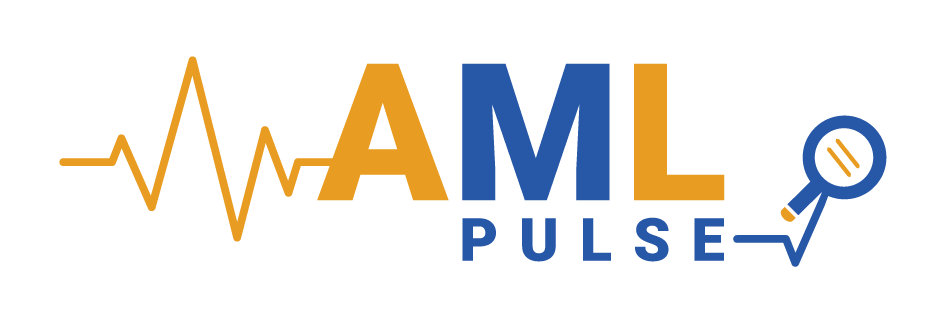Discovering Excellence: Selecting the Right Screening System for DNFBPs
August 30, 202310+ Must-Know Insights on Risk Assessments in AML/CFT: Strategies and Tools
Navigating the Intricacies of AML/CFT Risk Assessment The world of Anti-Money Laundering and Combating the Financing of Terrorism (AML/CFT) is a complex, ever-evolving field. The importance of conducting thorough risk assessments to ensure financial integrity cannot be overstated. With evolving threats and stringent regulations, there’s no room for complacency.
Risk Assessments in AML/CFT: Strategies and Tools Unpacking the vast world of risk assessment in AML/CFT requires a bird’s-eye view of its landscape, understanding the core principles, the role of modern technology, and the challenges one might encounter. Here’s a deep dive into these segments.
- The Current Landscape of AML/CFT Risk Assessments The financial world has seen a surge in fraudulent activities, making AML/CFT risk assessments pivotal. Financial institutions have to grapple with multifaceted threats, and understanding this landscape is the first step to combat them.
- Core Principles and Standards in Risk Assessment To stay a step ahead of malicious actors, organizations must align with global AML/CFT standards. These principles are the cornerstone of a sound risk assessment strategy.
- The Importance of a Robust AML/CFT Strategy Without a solid strategy, organizations risk not only financial losses but also reputational damage. Hence, crafting a tailored strategy based on individual risk profiles is crucial.
- Modern Tools & Technologies in AML/CFT Risk Management From AI-driven algorithms to blockchain, modern technology plays a pivotal role in enhancing AML/CFT risk assessments.
- The Role of AI and Machine Learning in Risk Assessment Harnessing the power of AI and Machine Learning can drastically enhance the efficiency and accuracy of risk assessments.
- Key Challenges in Current AML/CFT Assessment Techniques Despite advancements, challenges persist. Recognizing and addressing these challenges is the key to a comprehensive risk assessment.
- Effective Methodologies for Comprehensive Risk Evaluation Risk evaluation isn’t a one-size-fits-all. Adopting effective methodologies tailored to specific needs ensures comprehensive risk coverage.
- Case Study: A Success Story in AML/CFT Risk Mitigation A real-world example provides insights into how an organization effectively mitigated AML/CFT risks using state-of-the-art strategies and tools.
Building a Comprehensive AML/CFT Strategy A comprehensive AML/CFT strategy doesn’t sprout overnight. It’s a product of understanding the regulatory environment, incorporating global standards, continuous training, and engaging in industry collaborations.
Selecting the Right Tools for AML/CFT The market is awash with tools promising AML/CFT efficiency. Selecting the right one requires understanding its features, the balance between automation and human oversight, and conducting a cost-benefit analysis.
Ensuring Continuous Improvement in AML/CFT In the dynamic world of AML/CFT, resting on one’s laurels isn’t an option. Constant monitoring, leveraging feedback, and adapting to the changing landscape are paramount.
Frequently Asked Questions
- What is the significance of AML/CFT in today’s financial world? AML/CFT ensures financial integrity, curbs illegal transactions, and fosters trust in the financial system.
- Why is risk assessment pivotal in AML/CFT? Risk assessment helps identify vulnerabilities, ensure compliance, and safeguard against financial crimes.
- How has technology transformed AML/CFT risk assessments? Technological advancements like AI, blockchain, and machine learning have made risk assessments more efficient and accurate.
- What challenges do financial institutions face in AML/CFT? Financial institutions grapple with evolving threats, regulatory changes, and the challenge of aligning with global standards.
- Are human oversight and technology mutually exclusive in AML/CFT? A balanced approach combining technological tools with human judgment is essential for effective AML/CFT risk management.
- How often should AML/CFT strategies be reviewed and updated? Given the dynamic nature of threats and regulations, periodic reviews, preferably annually, are recommended.
Conclusion: Towards a Safer Financial World AML/CFT risk assessments are the bulwark against financial crimes, ensuring a safe and trustworthy financial ecosystem. With the right strategies, tools, and a commitment to continuous improvement, financial institutions can lead the way in safeguarding the world’s financial integrity.
